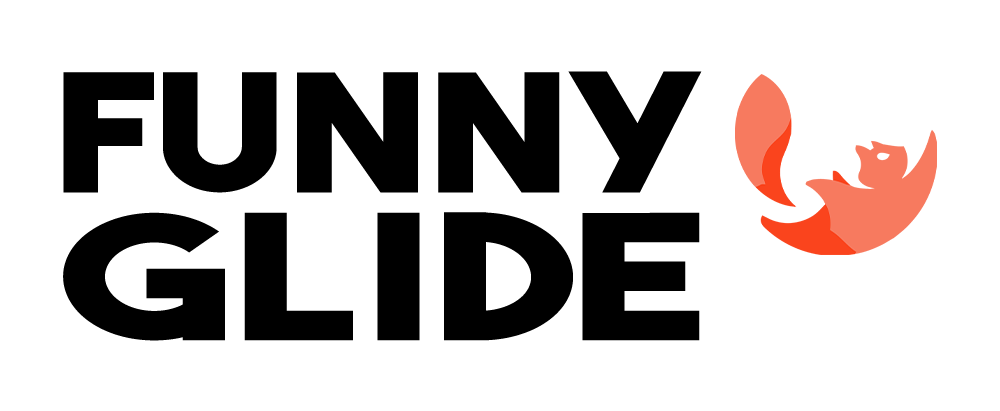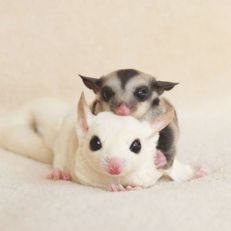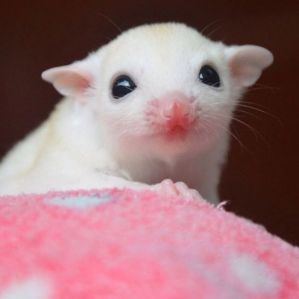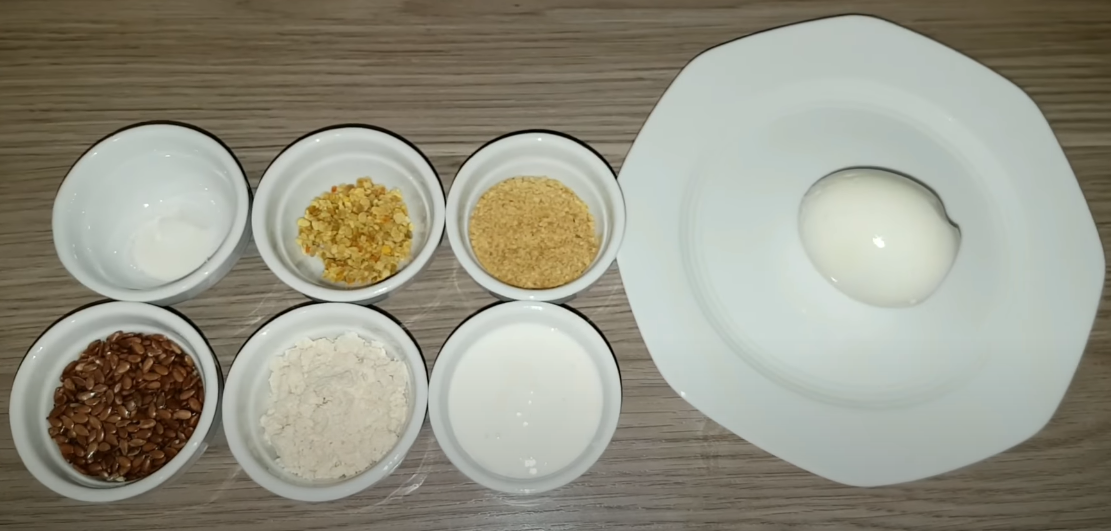
Everything You Need to Know About the SGS2 Diet for Sugar Gliders
SGS2 diet Sugar Glider is a wonderful choice to make sure your furry friend receives the balanced nutrition they deserve. This diet is specially made for sugar gliders, catering to their unique dietary needs while helping them stay healthy and energetic. In this article, we’re excited to walk you through the basics of the SGS2 diet, share its key benefits, and offer some practical tips to make meal preparation a breeze!
1. Overview of HPW diet for Sugar Gliders
The SGS Diet Plan II (SGS2) was developed by Marie Bannister, who lives in the UK. This diet incorporates some of the items that a wild glider would consume. The same basic principles apply to gliders as humans: low fat, low sugar, and plenty of variety.
This diet is designed based on a “traffic light” system to easily select and balance the proportion of fruits and vegetables:
- Green group: Nutrient-rich foods, at least 80% of the diet.
- Amber group: Should only account for a maximum of 20%.
- Red group: Use very sparingly as snacks or not at all if toxic.
>>>Read more recipe:
– Everything You Need to Know About the OHPW Sugar Gliders Diet
– The Sugar Glider TPG Diet 101 – Everything You Need to Know
2. HPW Sugar Glider diet recipe
2.1. Ingredients
| Amount | Ingredients |
| 1 LB / 450g | Mixture of Fruits and Vegetables (75% of the mixture should be Vegetable) |
| 2 Teaspoons | Wombaroo High Protein Supplement |
| 1 Tablespoon | Natural Probiotic Yogurt |
| 1 | Boiled Peeled Egg (50g cooked chicken breast instead) |
| 1/4 Teaspoon | Acacia Gum Powder |
| 1 Teaspoon | Bee Pollen |
| 0.1ml (per 100g glider weight) | Zolcal-D (2-3 times/week/glider) |
| 1 Tablespoon | Linseed (soak in 3 – 4 spoons of boiled water) |
| 1 Tablespoon (Double in Winter) | Oatmeal or Wheatgerm |

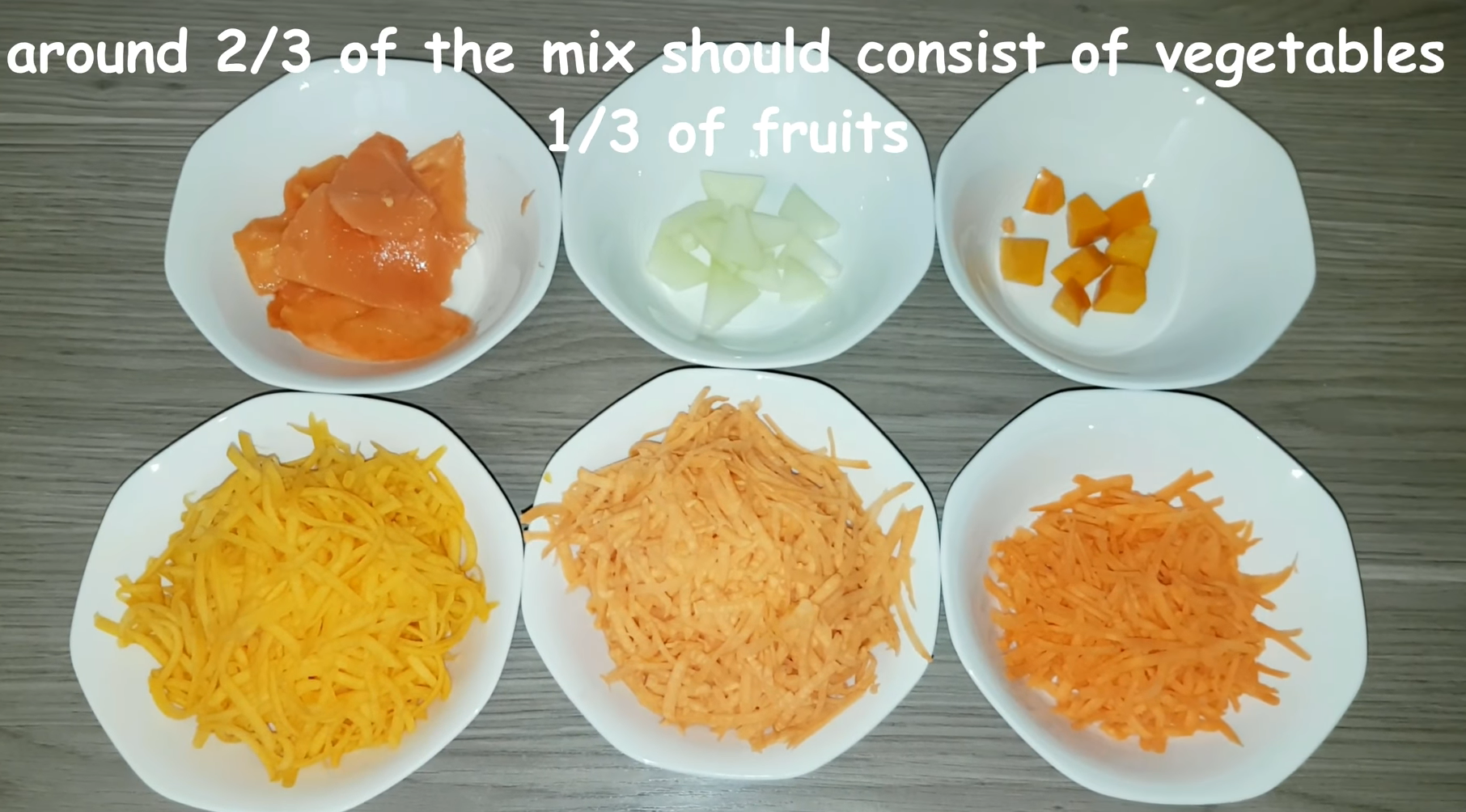
*NOTE:
– GREEN List (80% or more of the total ingredients): Focus on ingredients from this list, especially those with a ratio of 1:1 or higher.
- High-Ratio GREEN Items (1:1 or above): Papaya, Rosemary, Bok Choy, Spaghetti Squash, Raspberries, Blackberries, Celery, Butternut Squash, Custard Apple, Java Plum, Apple (with skin), Pear, Persimmon, and certain cat biscuits like Orijen or James Wellbeloved (UK).
- Moderate-Ratio GREEN Items (0.7 – 0.97:1): Guava, Green Beans, Carrots, Acorn Squash, Blackcurrant, Mango, Snap Peas, Rutabaga, Dates, Sweet Cherries, Apricots, Broccoli (florets), Sweet Potato, Kiwi, Strawberries, Cucumber, and Mange Tout.
– AMBER List (No more than 20% of the total ingredients): Dandelion Greens, Spinach, Watercress, Kale, Collard Greens, Pink/Red/White Grapefruit, Pineapple, Tangerines, Lime, Oranges, Raspberries, Lemon, Fresh Figs, Kumquat, Cantaloupe, Honeydew Melon, Blueberries, Starfruit, Cauliflower, Pumpkin.
– RED List (Use very little or avoid completely):
- Limited Use: Asian Pear, Peach, Plum, Pomegranate, Nectarine, Banana, Tomato, Cape Gooseberry, Passion Fruit, Sweetcorn.
- Avoid: Rhubarb, Avocado (too high in fat), Grapes (toxic).
2.2. Directions
– Step 1: Soak 1 tablespoon of linseed/flaxseed in 3-4 tablespoons of boiled water for 10-15 minutes
– Step 2: Begin by blending the Egg with a little bit of water.
– Step 3: Add the fruits and vegetables then blend for 60-90 seconds. Use a spoon to stir the mixture occasionally while blending to ensure everything is evenly incorporated.
– Step 4: Add the vitamin supplement, probiotic yogurt, acacia gum, bee pollen, oatmeal, linseed and water. Blend again for 45-60 seconds. Blend the mixture until it is combined but not fully smooth.
– Step 5: Divide the mixture into ice cube trays and freeze. (1 tablespoon per square)
3. Common Mistakes to Avoid with the SGS2 Diet
Overfeeding certain nutrients
One of the most frequent issues sugar glider owners encounter is overloading the diet with certain nutrients, such as calcium or protein. While calcium is vital for preventing conditions like hind leg paralysis, excessive amounts can lead to health complications, including calcification of tissues. Similarly, over-proteinizing the diet can strain the liver and kidneys. Always follow precise measurements when preparing the SGS2 mix, and avoid substituting high-calcium foods without proper calculations
Ignoring supplementation needs
The SGS2 diet relies on a delicate balance of nutrients, including bee pollen, spirulina, and high-protein supplements. Skipping these ingredients or not providing essential supplements, like calcium or Gliderade, can leave your sugar glider vulnerable to deficiencies.
Storing and handling food improperly
Improper food handling is another common pitfall. For example, failing to freeze the SGS2 mix correctly can lead to bacterial growth, putting your sugar glider at risk of illness. Always freeze the prepared diet in small portions, such as ice cube trays, to maintain freshness. Additionally, discard uneaten food each morning to prevent contamination from bacteria or insects
The SGS2 diet sugar glider is an essential choice for anyone who wants to give their sugar glider the best care possible. By following this nutritional plan, you’ll provide your pet with all the necessary nutrients for a long and healthy life. Start incorporating the SGS2 diet today and enjoy the satisfaction of seeing your sugar glider thrive like never before.
